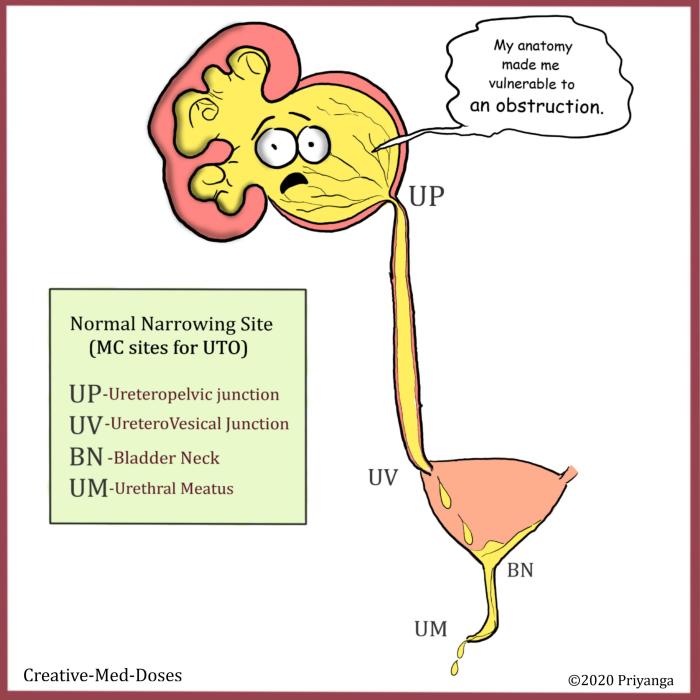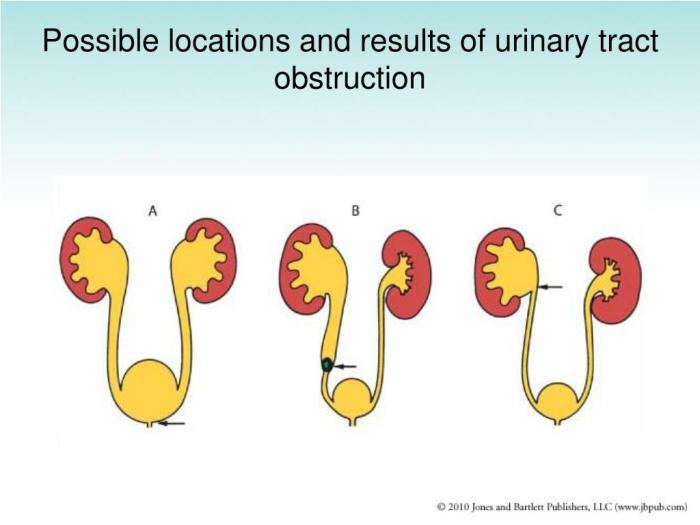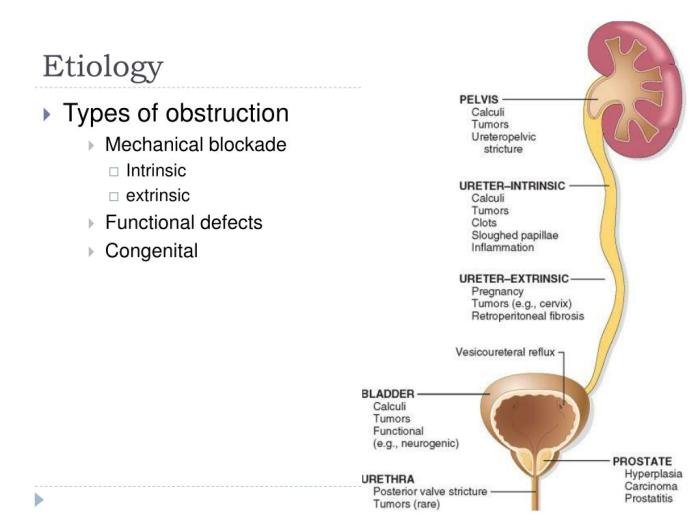OUD medical abbreviation – OUD, or opioid use disorder, is a serious medical condition that affects millions of people worldwide. It is characterized by compulsive opioid use, despite negative consequences, and can lead to a range of physical, psychological, and social problems.
In this comprehensive guide, we will delve into the complexities of OUD, exploring its causes, symptoms, diagnosis, treatment options, and prevention strategies. By shedding light on this condition, we aim to empower individuals and communities to understand, address, and overcome the challenges posed by opioid use disorder.
Overview of OUD: OUD Medical Abbreviation

OUD (Opioid Use Disorder) is a chronic, relapsing brain disease characterized by compulsive opioid use, despite negative consequences.
It is a major public health concern, affecting millions of people worldwide. OUD can lead to a range of health problems, including overdose, infections, and mental health issues.
Types of OUD
- Heroin Use Disorder:Involves the use of heroin, an illegal opioid drug derived from morphine.
- Prescription Opioid Use Disorder:Occurs when prescription opioids, such as oxycodone or hydrocodone, are misused or abused.
- Fentanyl Use Disorder:Refers to the use of fentanyl, a synthetic opioid that is 50-100 times more potent than morphine.
Causes and Risk Factors of OUD

OUD is caused by a complex interplay of biological, psychological, and social factors.
Biological Factors
- Genetics:Family history of substance use disorders increases the risk of developing OUD.
- Brain Chemistry:Opioids activate the brain’s reward system, leading to feelings of pleasure and euphoria.
Psychological Factors, OUD medical abbreviation
- Trauma:Experiencing traumatic events, such as childhood abuse or neglect, can increase the risk of OUD.
- Mental Health Conditions:Co-occurring mental health conditions, such as anxiety or depression, can contribute to OUD.
Social Factors
- Peer Influence:Spending time with people who use opioids can increase the likelihood of developing OUD.
- Access to Opioids:The availability of opioids, both prescription and illicit, can influence OUD risk.
Symptoms and Diagnosis of OUD

OUD is diagnosed based on specific criteria, including:
- Cravings:Intense desire to use opioids.
- Tolerance:Needing to use more opioids to achieve the same effect.
- Withdrawal Symptoms:Experiencing physical and psychological symptoms when stopping opioid use.
Other symptoms may include:
- Neglecting responsibilities
- Social isolation
- Financial problems
- Legal issues
Treatment Options for OUD
Treatment for OUD involves a combination of medication and behavioral therapy.
Medication-Assisted Treatment (MAT)
- Methadone:A long-acting opioid that reduces cravings and withdrawal symptoms.
- Buprenorphine:A partial opioid agonist that blocks the effects of other opioids.
- Naltrexone:An opioid antagonist that blocks the effects of opioids.
Behavioral Therapy
- Cognitive Behavioral Therapy (CBT):Helps individuals identify and change negative thoughts and behaviors related to opioid use.
- Contingency Management:Rewards individuals for positive behaviors, such as abstinence from opioids.
- Motivational Enhancement Therapy (MET):Helps individuals increase their motivation to change their opioid use behavior.
Complications and Prognosis of OUD
OUD can lead to a range of complications, including:
- Overdose:Opioid overdose can be fatal.
- Infectious Diseases:Sharing needles can transmit infections such as HIV and hepatitis.
- Mental Health Issues:OUD can worsen mental health conditions, such as anxiety and depression.
The prognosis for OUD is variable and depends on factors such as the severity of the disorder, co-occurring conditions, and access to treatment.
Prevention and Harm Reduction Strategies
Preventing OUD involves:
- Education:Educating youth about the risks of opioid use.
- Screening:Screening individuals for OUD risk factors.
- Early Intervention:Providing support and resources to individuals at risk of developing OUD.
Harm reduction strategies include:
- Safe Injection Sites:Providing supervised spaces for people to inject drugs, reducing the risk of overdose and infection.
- Naloxone Distribution:Distributing naloxone, an overdose-reversal drug, to people at risk of overdose.
- Access to Treatment:Ensuring that individuals with OUD have access to effective treatment.
End of Discussion
OUD is a complex and multifaceted condition, but with proper understanding, support, and treatment, recovery is possible. By raising awareness, reducing stigma, and implementing effective prevention and harm reduction measures, we can create a society where individuals struggling with OUD have the resources and opportunities they need to lead healthy and fulfilling lives.
Essential FAQs
What is the difference between OUD and addiction?
OUD is a specific medical diagnosis that refers to a severe form of opioid addiction, characterized by compulsive use, impaired control, and negative consequences. Addiction, on the other hand, is a broader term that encompasses a range of substance use disorders, including OUD.
What are the most common symptoms of OUD?
Common symptoms of OUD include intense cravings for opioids, difficulty controlling opioid use, tolerance, withdrawal symptoms, and continued use despite negative consequences.
How is OUD diagnosed?
OUD is diagnosed based on specific criteria Artikeld in the Diagnostic and Statistical Manual of Mental Disorders (DSM-5), which include assessing the individual’s pattern of opioid use, related impairments, and other relevant factors.